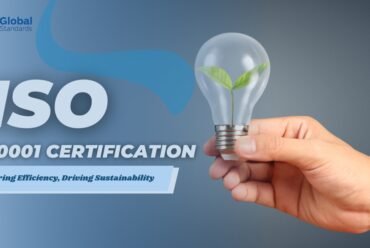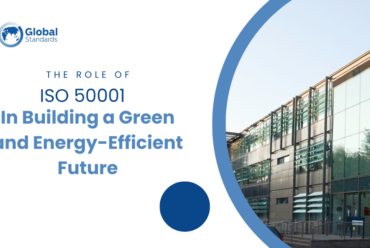ISO 50001 Certification: Enhancing Energy Efficiency in Your Business
Energy efficiency has become a crucial aspect of sustainable business operations worldwide. As a result, companies that optimize energy use not only reduce operational costs but also contribute to a greener planet. To systematically achieve these benefits, many organizations turn to ISO 50001 Certification, a globally recognized standard that provides a structured framework for improving energy management. But how can a company certify, and how to certify ISO 50001? The process typically involves conducting an energy review, establishing measurable objectives, and implementing an Energy Management System (EnMS) that complies with the standard’s requirements. By doing so, businesses can enhance efficiency and demonstrate their commitment to sustainability. Ultimately, ISO 50001 serves as a powerful tool for organizations striving to meet long-term environmental and economic goals.
What is ISO 50001 Certification & How to Certify ISO 50001?
ISO 50001 is an international standard designed to help businesses develop, implement, maintain, and improve an energy management system (EnMS). It provides a structured approach to improving energy performance, increasing efficiency, and reducing greenhouse gas emissions. By following ISO 50001 guidelines, organizations can integrate energy management into their everyday operations, leading to long-term cost savings and environmental benefits.
Benefits of ISO 50001 Certification
-
Reduces Energy Costs
ISO 50001 helps businesses identify energy-saving opportunities, resulting in lower utility bills and operational expenses.
-
Enhances Corporate Reputation
Achieving certification demonstrates a commitment to sustainability, boosting brand reputation and increasing trust among stakeholders.
-
Ensures Compliance with Regulations
Many countries have strict energy efficiency laws. ISO 50001 ensures compliance with regulatory requirements, helping businesses avoid penalties.
-
Improves Operational Efficiency
Implementing an energy management system streamlines operations, reduces energy waste, and enhances overall efficiency.
-
Supports Sustainability Goals
Organizations aiming for carbon neutrality can use ISO 50001 as a foundation to reduce their environmental impact.
Steps to Achieve ISO 50001 Certification
1. Conduct an Energy Review
Assess current energy usage patterns to identify inefficiencies and improvement opportunities.
2. Develop an Energy Management System (EnMS)
Establish an EnMS tailored to business needs, defining objectives, policies, and performance metrics.
3. Set Energy Performance Targets
Create measurable energy-saving goals and action plans to track progress.
4. Employee Training and Engagement
Educate staff about energy-saving measures and involve them in implementation efforts.
5. Monitor and Measure Energy Use
Implement monitoring tools to track energy consumption and ensure continuous improvement.
6. Internal Audit and Compliance Check
Conduct an internal audit to assess system effectiveness before undergoing certification.
7. External Audit and Certification
A certification body will conduct an independent audit to verify compliance with ISO 50001. Upon successful evaluation, certification is awarded.
Why Choose Global Standards for ISO 50001 Certification?
At Global Standards, we specialize in helping businesses achieve ISO 50001 seamlessly. Our team of experts provides end-to-end support, from system implementation to final certification. We guide businesses through compliance, energy assessments, and employee training, ensuring a smooth and efficient process.
Take the first step toward a more energy-efficient future! Contact Global Standards Consultants today and discover how ISO 50001 certification can transform your business operations.






No Comments